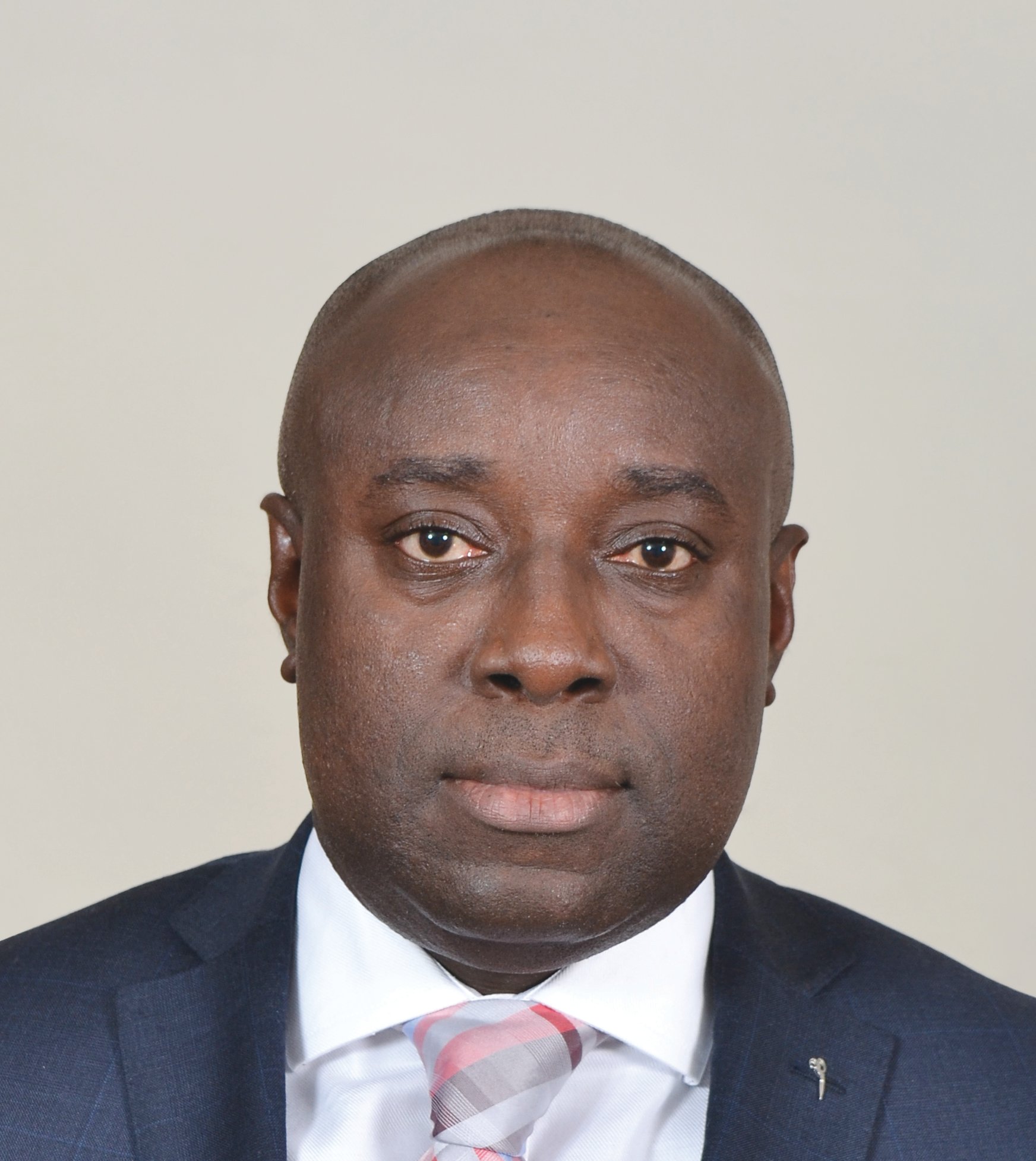This article was produced with the support of Afreximbank
Some 30 years into its life, the African Export-Import Bank has grown tremendously and is having an outsized impact on African trade and African economies. The key to this has been its persistent execution of its strategy. At the heart of its strategic approach are the five-year plans that provide the guidelines for the bank’s actions over each period.
Emeka Uzoigwe, acting director, strategy and innovation at Afreximbank explains that the Bank is driven by its dual mandates, as a multilateral development institution that also has commercial banking expectations. That means that to succeed, Afreximbank must deliver on its development mandate, specifically in trade, as well as deliver profits for its shareholders.
That puts the Bank in a unique position, one that justifies the rigour with which it approaches strategy formulation and execution. The strategy itself is informed by several factors. “We look at the exogenous factors including the global environment in which we are operating and also assess the previous plan and the experiences from it. We look not just at our successes but also at failures because failure is also important as you try to formulate your strategy going forward,” he says.
The main pillars around which a specific five-year plan are built are then developed and assessed by a number of technical committees. Their work is complemented by a team that focuses on emerging businesses and technologies which may be relevant to the plan and the Bank’s areas of focus.
Presentations from the various teams are made in open sessions, as the Bank tries to determine how these individual initiatives fit into its overarching mission and the specific aims for the period of the plan.
This process can take up to three months, enabling the teams to assess the levels of priority that must be attached to the various proposals, before management first reviews the results and then inviting members of the board and people from outside the Bank to also assess the proposals.
Uzoigwe says that monitoring mechanisms are extremely important to the success of the Bank’s five-year plans. “There are also other things that you need to do because once you have formulated the strategy and determined the major thrusts of it, you need to also define the major objectives that you want to use to track and monitor your strategy.
“We also produce another document to show how the objectives will achieve both our commercial and developmental mandates,” he says. Based on these, the initiatives that will be embarked on are decided.
It is only after that the final plan can then be drafted and presented to the board for approval before implementation. There are further checks, as Uzoigwe explains. “Each year, we prepare an annual work programme and a budget. It is actually the annual work programme and budget that are the instruments for implementing the strategy”
Over the last seven years, Uzoigwe says the Bank’s strategic focus has been largely consistent. “Our focus has been on financial soundness, which has evolved into financial stability. We have tried to ensure a healthy balance between profitability, capitalisation and risk. We are currently on an expansion drive so obviously we need to focus on amassing the necessary resources that will enable us to execute the projects that we must.”
The Bank’s balance sheet, currently north of $30bn, is evidence of the success of that objective. Uzoigwe says that while the strategy has remained broadly consistent, there has been an increase in the focus on some key areas.
One of these is the success of the African Continental Free Trade Agreement (AfCTFA, which aligns perfectly with the trade facilitation mandate, one of the key drivers of the Bank’s founding.
“The AfCTFA is playing an increased role and it’s important for us to ensure that we support it to achieve its objectives because the objectives of the AfCTFA are largely also the objectives of the Bank so an increased focus on it has become the key focus of our strategy.”
Monitoring and evaluating
Post formulation, the Bank takes just as much care to ensure proper implementation, employing a variety of measures to monitor and evaluate. Apart from a monitoring function that is built into the framework, the Bank has a team that measures implementation based on the measures and metrics set out in the plan.
“For example, we set a target to increase the disbursement of loans for intra-African financing to 30%, this team would look at the Bank’s loans and guarantees in the monthly operating reports to see whether we are on the way to achieving this target.”
Similarly, the developmental objectives are also measured. “We have a different team which does impact analysis of what the Bank is doing in Africa.”
Apart from its internal mechanisms, the Bank also utilises outside expertise to review the implementation of its strategic plans and the extent to which it remains relevant to the Bank’s broad objectives.
As always, leadership is vital. “In any organisation, the tone is set by the CEO or by the president. In the case of Afreximbank, we have an energetic and dynamic President who leads from the front and is always striving for the best. So it becomes impossible for anyone to do anything less.”
And while strategy and planning are essential, a certain dynamism and agility is also necessary to address contingencies, especially in uncertain times such as the one we are in now. There is also an unintended consequence of growth, where size can become an obstruction to speed. So that is a balance that Afreximbank seeks to maintain.
“We need to maintain an ability to respond to market events and external issues. And that decision-making process requires agility. Take the Ukraine crisis, for example. Within three weeks, we were able to put together a programme to support member states and help them adjust to the challenges that arose from the war.”
The need to remain agile is also why the Bank has spun off some subsidiaries, such as the Fund for Export Development in Africa and the Pan-African Payments and Settlement Systems to cater to specific parts of its mandate, enabling it to retain the advantage of size as well as the ability to focus and respond quickly to relevant issues.
Technology is embedded
Key to the Bank’s ambitions in the future is the use of technology. Uzoigwe argues that technology is no longer just a tool, it is an integral part of business strategy. “When we think of corporate strategy today, we need to think of digital strategy as enmeshed in it. Because that is how you can deliver more efficiently, lower your costs, move faster and make savings for yourself and for the customer.”
This view, he says, is reflected in the Bank’s most recent plan. “We believe that technology should be core to what we are doing. And you can see this in the digital ecosystem that we are building that will enable people to trade and invest around the continent.”
Which is not to say there will be any brakes on growth. As Uzoigwe explains, “to achieve what we need to achieve or even to consolidate them once achieved, we need to keep on increasing our balance sheet. Without that, we will not be able to fulfil our mandate.”

 Sign in with Google
Sign in with Google 
